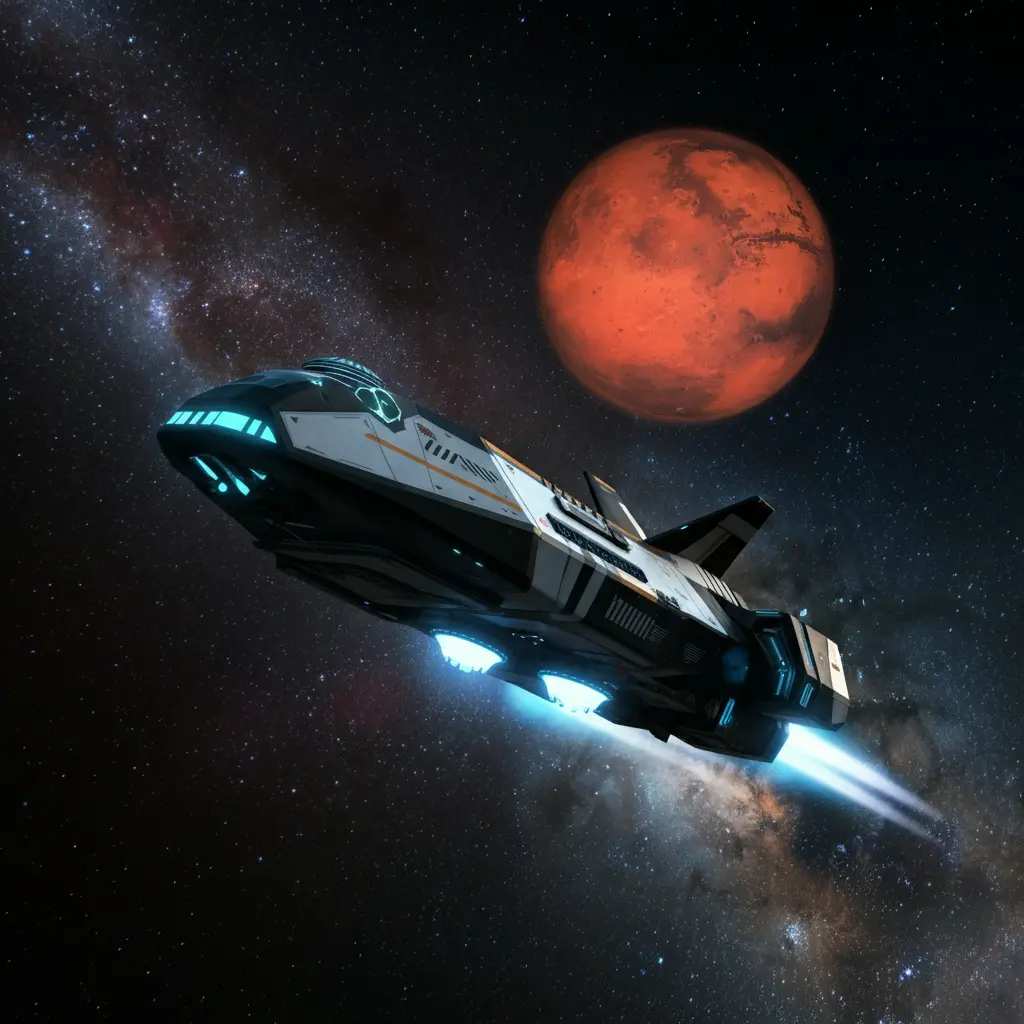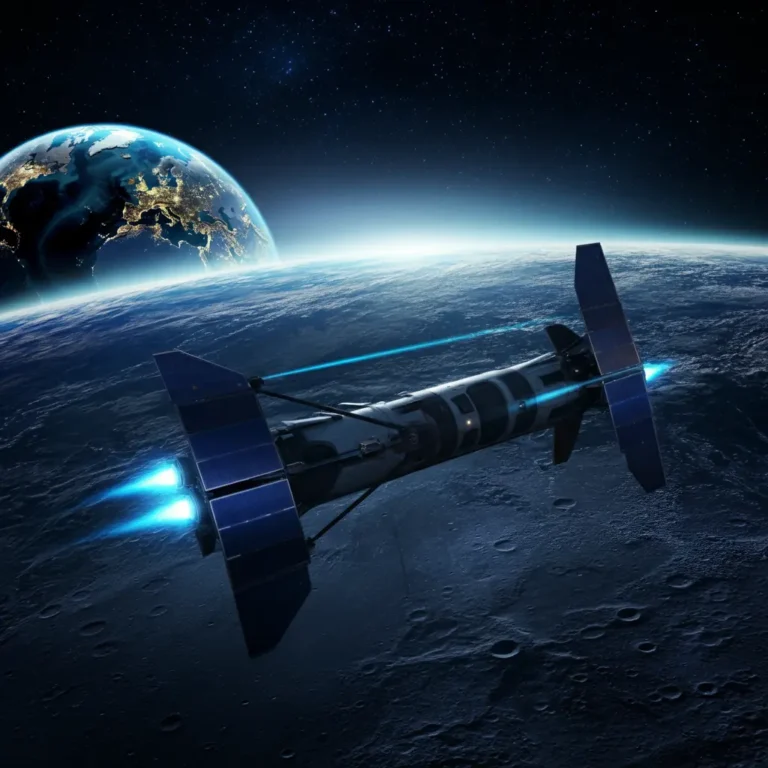How Long Does It Take to Get to Mars?
Mars has fascinated humanity for centuries. Today, with plans for human missions and ongoing robotic exploration, our curiosity about the Red Planet is stronger than ever. One of the biggest questions people ask is, “How long does it take to get to Mars?” This article dives into the factors that determine travel time and offers a straightforward explanation of Mars-bound journeys.
Table of Contents
1. What Determines the Time to Mars?
Travelling to Mars is not as simple as heading out in a straight line. The duration depends on the distance between Earth and Mars at a given time and the technology used for space travel. These journeys rely heavily on precise calculations of orbits and fuel efficiency.
2. Why Is Mars a Preferred Destination for Exploration?
Mars captures attention because it’s relatively close to Earth and offers the best conditions for potential habitability. The planet has seasons, polar ice caps, and a day length similar to ours. Scientists believe it may have once supported liquid water, making it a prime candidate for finding signs of life.
3. Historical Missions to Mars and Their Travel Times
Since the 1960s, space agencies have launched numerous missions to Mars. Here are a few notable examples and how long they took to get there:
- Mariner 4 (1965): 228 days.
- Viking 1 (1976): 304 days.
- Mars Pathfinder (1996): 212 days.
- Perseverance Rover (2020): 204 days.
Travel times vary depending on specific mission objectives, the spacecraft’s trajectory, and when the mission was launched.
4. Average Distance Between Earth and Mars
Earth and Mars aren’t fixed at a single distance from each other. Both planets follow elliptical orbits, so their distance continually changes. On average:
- Closest Approach (Perihelic Opposition): 33.9 million miles (54.6 million km).
- Farthest Distance: 250 million miles (401 million km).
The average distance is around 140 million miles (225 million km), making precise calculations crucial for mission planning.
5. Factors Influencing Space Travel Duration
Several elements impact the time it takes to reach Mars:
- Rocket Speed: Faster propulsion systems can shave months off travel times.
- Orbital Alignment: Missions launch during specific windows when Earth and Mars are close.
- Weight of Spacecraft: Heavier spacecraft require more fuel and may travel more slowly.
- Flight Path Chosen: Straight paths aren’t always the fastest due to orbital dynamics.
6. Orbital Considerations and Launch Windows
Optimal launch windows occur every 26 months when Earth and Mars are in positions that reduce travel time. Scientists refer to these alignments as “Hohmann transfer orbits.” Missing these windows means waiting over two years for the next opportunity.
7. Fastest Missions to Mars
Some missions have achieved impressively short travel times:
- Mariner 7: Reached Mars in 128 days in 1969.
- Mars Express: Took 201 days in 2003.
- Perseverance Rover: Covered the distance in 204 days (2020).
Faster future missions could reduce travel time even further as technology advances.
8. Spacecraft Speeds and Propulsion Technologies
Current spacecraft use chemical rockets, which are efficient but not the fastest. New propulsion systems, like nuclear thermal propulsion or ion drives, could drastically cut travel durations.
- Chemical Rockets: Average speeds of 20,000-25,000 mph.
- Ion Propulsion: Much slower acceleration initially but can sustain higher speeds over time.
- Future Propulsion Methods: Concepts like solar sails or plasma engines are being tested for higher efficiency.
9. Human Missions to Mars – Travel Time Predictions
Proposed human missions estimate travel times of 6 to 9 months one way. While robotic crafts can endure long durations, human crews face challenges like prolonged exposure to microgravity and radiation, which makes minimizing travel duration critical.
10. Challenges of Long-Duration Spaceflights
Extended missions to Mars involve unique risks, such as:
- Space Radiation: Without Earth’s magnetic field, spacecraft must shield crews from harmful cosmic radiation.
- Psychological Effects: Being confined in small spaces for months can strain mental health.
- Supplies: Food, water, and oxygen need careful management for crew survival.
11. Life on Mars – What Can We Expect?
If humans settle on Mars, they’ll face a harsh environment, including:
- The thin atmosphere is composed mainly of carbon dioxide.
- Freezing temperatures averaging -80°F.
- Dust storms can last for weeks.
Despite these challenges, research has focused on technologies like underground habitats and greenhouses for food production.
12. Fuel and Energy Requirements for Mars Missions
Fuel efficiency is one of the biggest hurdles in interplanetary travel. More advanced propulsion systems allow for shorter, more sustainable missions.
Key advancements include:
- Reusable rockets.
- Fuel harvesting on Mars (e.g., converting CO2 into methane).
- Solar-powered spacecraft.
13. Landing on Mars – From Orbit to Surface
Reaching Mars isn’t the final step. Descending onto its surface requires dealing with thin air, making parachutes less effective. Most lenders use a combination of:
- Heat shields.
- Parachutes.
- Retro-rockets for a controlled landing.
Precision is critical to avoid crashes and ensure equipment reaches its targeted area.
14. Mars Return Trips – How Long Would They Take?
Returning to Earth from Mars depends on similar factors as the outbound trip, including the alignment of the two planets. Missions could require staying on Mars for well over a year while waiting for the next launch window back to Earth. Roundtrip times are estimated at 2 to 2.5 years.
15. Frequently Asked Questions
How long does it take to reach Mars?
Most missions to Mars take six to nine months, depending on spacecraft design, speed, and launch timing.
What is the shortest time it has taken to get to Mars?
The fastest recorded mission, Mariner 7, reached Mars in 128 days (about 4 months).
Could new technology speed up trips to Mars?
Yes, new propulsion technologies like nuclear or plasma engines might reduce travel times to under three months in the future.
Is it safe for humans to make the trip to Mars?
Human missions face significant risks like radiation exposure and health challenges, but ongoing research aims to make these journeys as safe as possible.
Mars continues to inspire us as a destination for exploration and human settlement. Travel times and mission complexities are daunting, but with advancing technologies and international collaboration, the dream of reaching the Red Planet is closer than ever.



